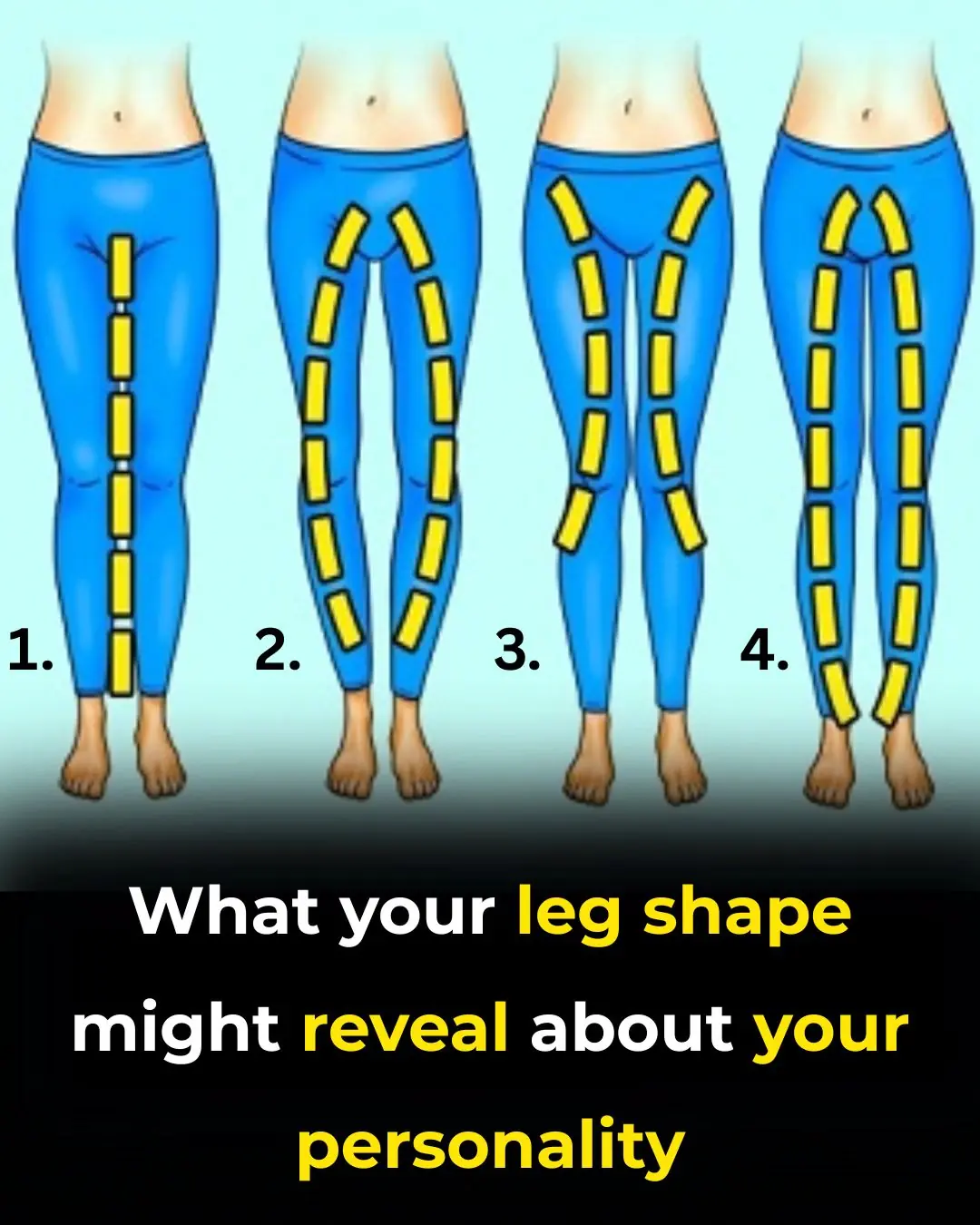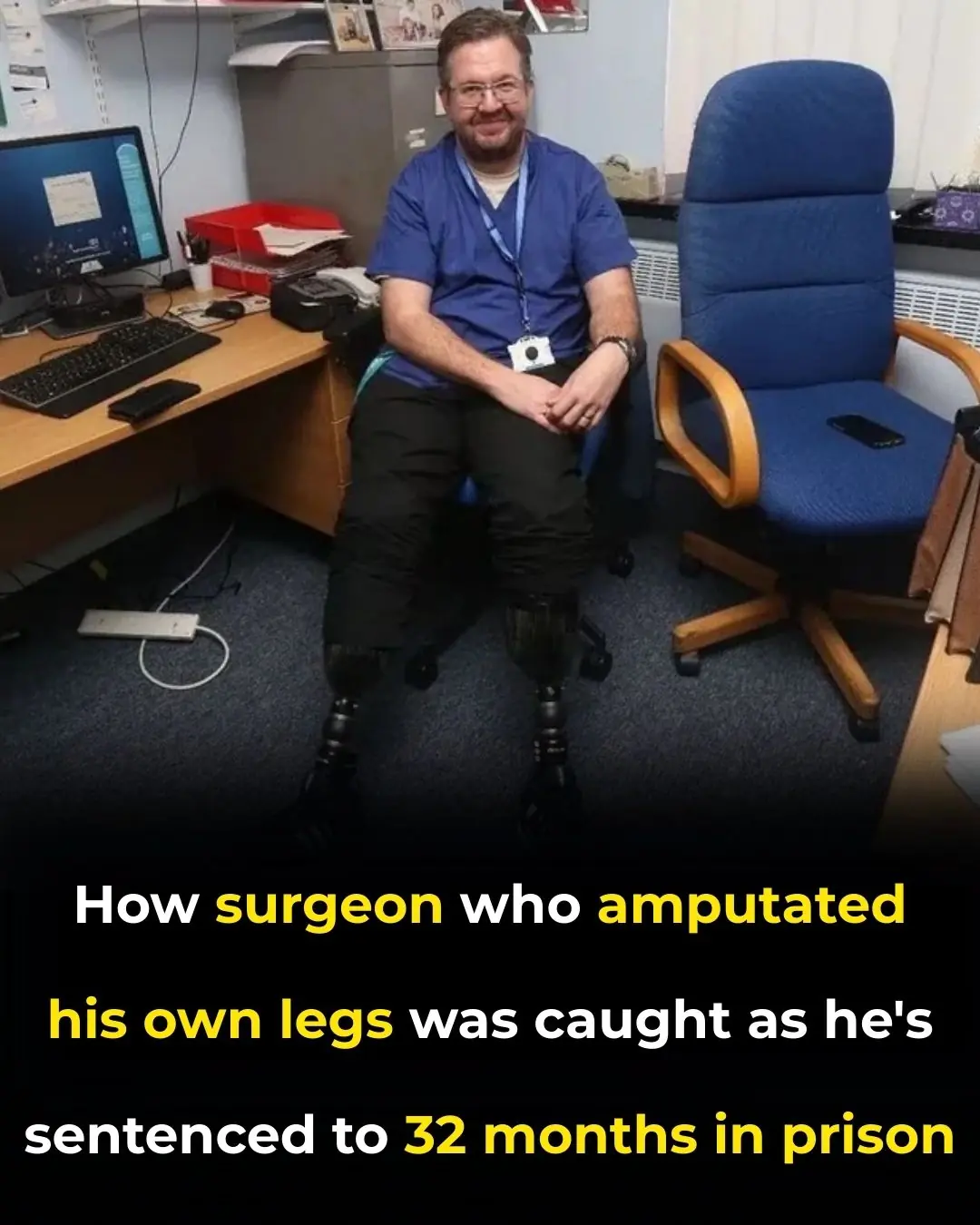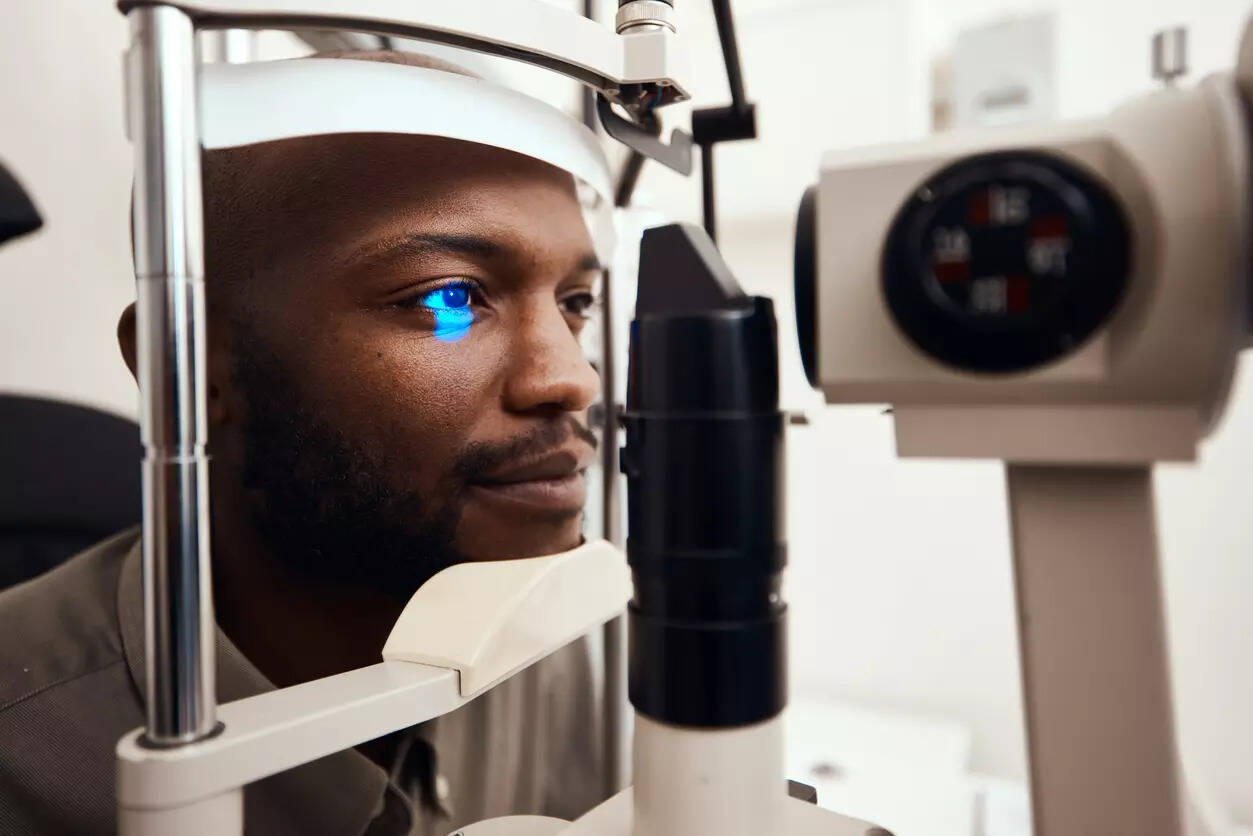
Laser-Free Eye Surgery Could Correct Vision With Electrical Currents
In recent years, the field of eye care and vision correction has seen remarkable advancements. Traditional methods such as glasses, contact lenses, and laser surgeries like LASIK have long been the primary solutions for people with refractive errors. However, a new, innovative approach is emerging that could revolutionize vision correction: laser-free eye surgery using electrical currents. This cutting-edge technique has the potential to correct vision safely and effectively without the need for lasers, offering new hope for millions of people worldwide.
Laser eye surgeries like LASIK or PRK have been widely used for decades to reshape the cornea—the transparent front part of the eye—to improve focus and correct conditions like nearsightedness, farsightedness, and astigmatism. While these procedures are generally safe and successful, they do carry certain risks such as dry eyes, glare, halos, or even complications related to the use of laser technology. Additionally, not everyone is an ideal candidate for laser surgery due to thin corneas or other eye conditions.
The emerging technology of laser-free eye surgery involves the use of precise electrical currents to reshape the cornea. Instead of using a laser to remove corneal tissue, this method applies controlled electrical pulses to stimulate the cornea’s natural healing and remodeling processes. Early research suggests that this technique could be less invasive, reduce the risk of complications, and provide faster recovery times for patients.
One of the most exciting aspects of electrical current-based eye surgery is its potential for greater precision. Electrical currents can be finely controlled to target specific layers within the cornea, encouraging cells to reorganize and adjust the shape of the eye naturally. This means the treatment could be tailored to each individual’s unique vision needs, possibly achieving better outcomes than traditional laser methods.
Moreover, electrical currents may stimulate cellular regeneration in ways that laser surgery cannot. Lasers physically remove tissue, which can sometimes weaken the cornea or cause unintended side effects. In contrast, electrical stimulation could promote healthy tissue growth and strengthen the cornea over time. This regenerative approach might not only correct vision but also improve overall eye health.
Researchers are still in the early stages of developing and testing this technology. Initial clinical trials have shown promising results, with patients experiencing improved vision and minimal side effects. Scientists are working on optimizing the electrical parameters to ensure the procedure is safe, comfortable, and effective for a wide range of patients. If successful, laser-free eye surgery could become a groundbreaking alternative to current vision correction options.
The benefits of such a technique extend beyond vision correction. For example, because the method does not involve cutting or removing tissue, it could be safer for people with thin or irregular corneas who are currently ineligible for laser surgery. Additionally, it might be applicable for treating other eye conditions, such as keratoconus—a progressive thinning of the cornea—or even certain types of eye infections or injuries.
Despite the excitement surrounding this technology, there are still challenges to overcome. Electrical stimulation must be carefully calibrated to avoid damaging delicate eye structures. Long-term effects need thorough investigation to ensure the procedure’s safety and effectiveness over years or decades. Furthermore, accessibility and cost will be important factors in making this technology available to a wide population.
In conclusion, laser-free eye surgery using electrical currents represents a promising new frontier in vision correction. By harnessing the body’s natural ability to heal and regenerate, this approach could offer safer, less invasive, and more precise treatment for millions of people struggling with vision problems. While still in development, the potential impact of this technology is enormous, offering hope for a future where clear vision can be restored without the risks and limitations of traditional laser procedures. As research continues, it will be exciting to see how this innovative method shapes the future of eye care.
News in the same category


🌿 17 Health Conditions That May Benefit from Guava Leaf Tea + Easy Homemade Recipe

A Scientific Look at Oregano’s Role in Supporting Wellness

Scientists discover ‘stealth bacteria’ from your mouth are hiding in your arteries and triggering heart at:tacks

Cold, numb legs or feet? Eat this one food to restore circulation naturally

Tomato Extract: Better And Safer B::lood Thinner Than Aspirin

Top 10 foods that improve blood circulation in legs

Foods to Stimulate the Liver to Remove Toxins Fast

Why Some People’s Skin Turns Red When Drinking Alcohol

Things That No Longer Appeal to People With High IQs as They Age

10 Strange Habits of Highly Intelligent People That Others Just Don’t Understand, According to Psychology

Children Who Are Hugged Often Have Stronger Immune Systems, Studies Show

Why Charging Your Phone Overnight Might Be a Bad Habit

Blurred Vision in One Eye and a Headache: Don't Ignore These Warning Signs

Why a Hard-Boiled Egg Before Bed Could Be a Game-Changer for Sleep and Metabolism

Proven Health Benefits of Black Seed and Black Seed Oil

1 cup that instantly wakes your kidneys up and strengthens them naturally

This Is What Happens To Your Body When You Get Aspartame Poisoning From Diet Sodas

This is what sleeping on your left side can do for your brain, stomach and lymphatic system
News Post

Symptoms That Can Be Caused by Stress

What the Shape of Your Legs Might Say About Your Personality

How surgeon who amputated his own legs was caught as he's sentenced to 32 months in prison

PlayStation handing out rare refunds to gamers over popular new game

🌿 17 Health Conditions That May Benefit from Guava Leaf Tea + Easy Homemade Recipe

If your non-stick pan has lost its coating, don't rush to throw it away: Just do this, and you can fry and cook without it sticking or falling apart.

The golden 4-hour window for drinking coffee helps your body gain maximum benefits: detoxifying the li:ver and promoting smooth digestion.

Eating boiled bananas at this time, after just 1 week, your body will experience 7 changes

Add potato to coffee to get rid of wrinkles in just 1 week

Homemade Rice water & Methi Dana Toner for Glowing Skin

The DIY anti-ageing cream that is very effective to get rid of wrinkles and fine lines on your face

Herbal Remedies for Strong, Lush Hair: Easy Recipe Everyone Can Make At Home

Flaxseed Gel for Wrinkles: The Natural DIY Solution for Smoother, Youthful Skin

10 Tomato Slice Skincare Remedies for Wrinkles, Pores, and Glowing Skin: Natural DIY Treatments

Super Effective DIYs to Achieve Soft, Pink, and Perfect Lips

A Scientific Look at Oregano’s Role in Supporting Wellness

Reverse Hair Greying Naturally: Effective Treatments and Remedies for Restoring Hair Color

The Incredible Benefits of Plantago lanceolata and How to Use It

CCF Detox Drink For Glowing Flawless Skin

